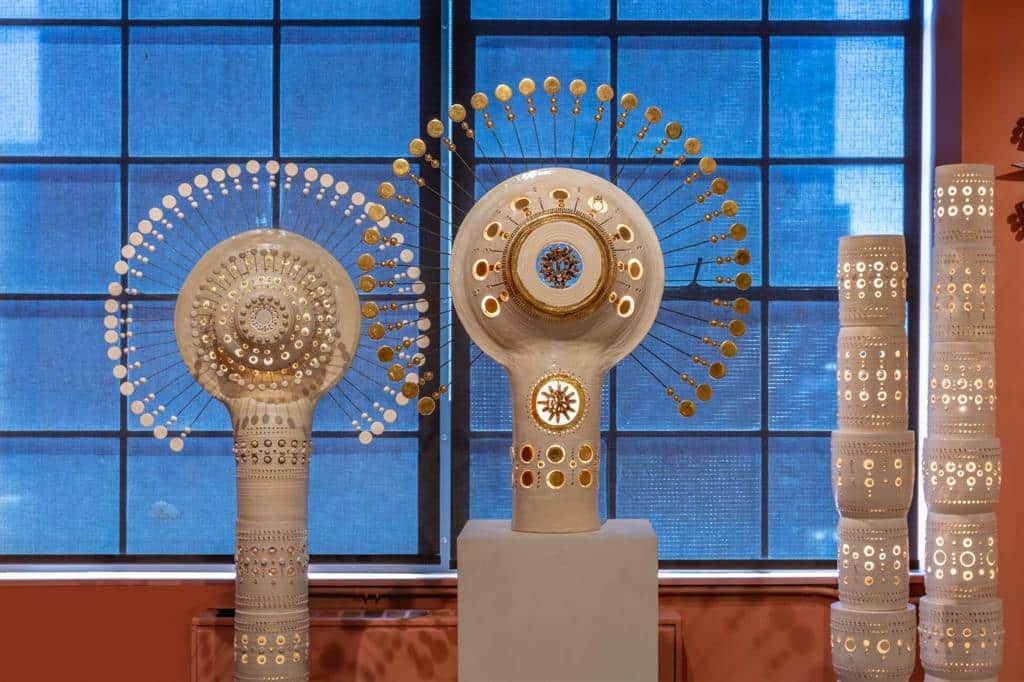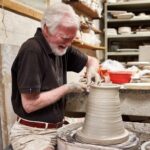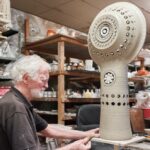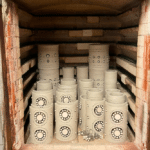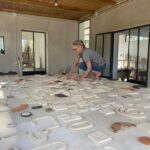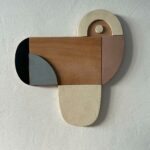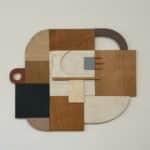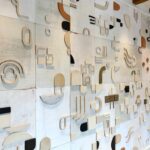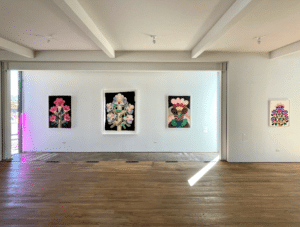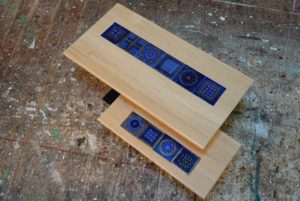A rich and diverse definition of artistic ceramics
Ceramic derives from the ancient Greek word ‘Kéramos,’ which means clay or potter’s earth.
Ceramic is a material formed by high-temperature firing of clay, often mixed with other minerals, to create various objects and materials. It is characterized by its hardness, heat resistance, and its ability to retain specific properties, such as waterproofing or thermal conductivity, depending on its composition and design. Ceramic has been used for thousands of years for a wide range of purposes, from making pottery and tiles to creating advanced electronic components and spacecraft coating materials.
It is often appreciated for its durability, versatility, and its ability to take on various artistic and functional forms through modeling, firing, and glazing techniques.
Ceramic has also played a crucial role in the development of human technology and continues to be a field of innovation and exploration.
Artists elevate ceramics by using their creativity and expertise to push the boundaries of this versatile material and harness its aesthetic potential.
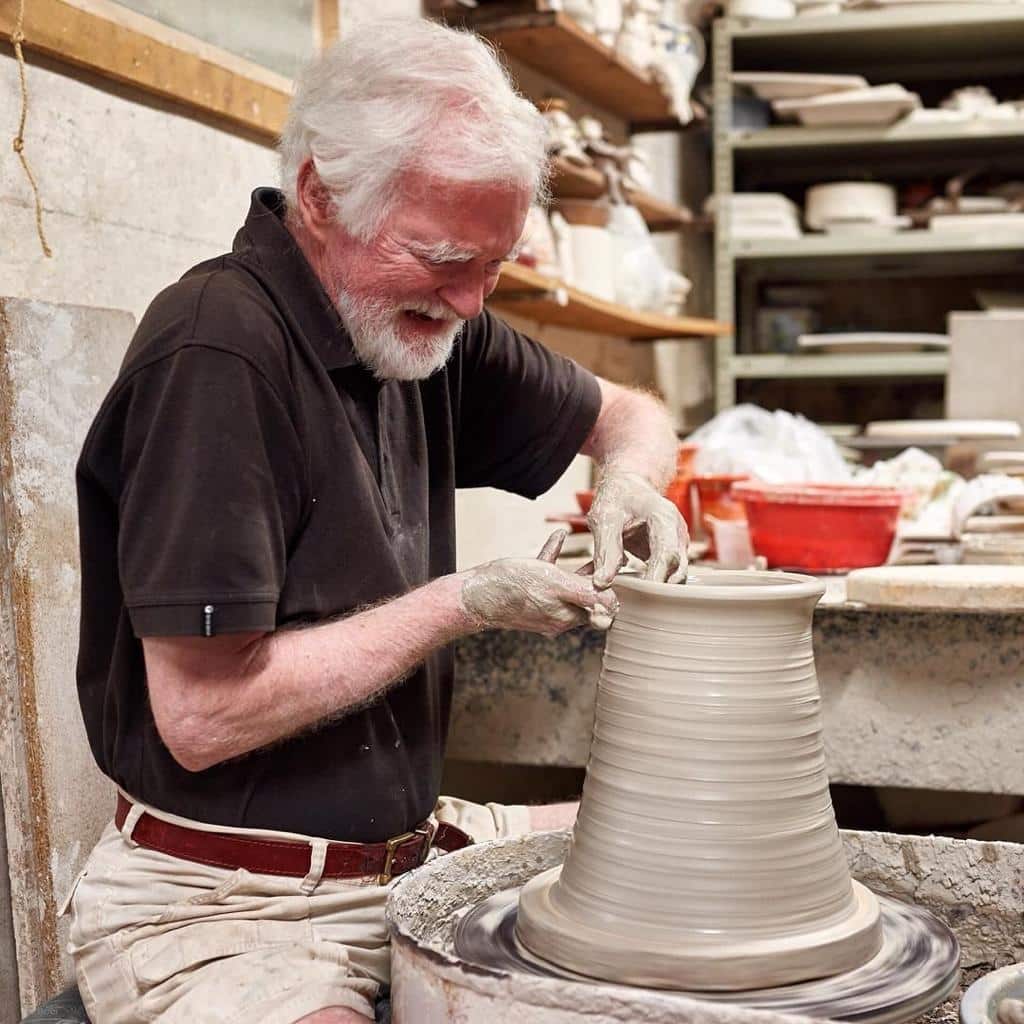
How is ceramic made ?
• Step 1: Take a piece of clay to work with. For a small dish you are going to create, for a small plate, you will roll the clay into a ball the size of a walnut.
• Step 2: Modeling. This technique is certainly the most commonly used because it requires no special equipment. It involves shaping the clay with your hands (or small tools) and giving it a form.
• Step 3: Drying. Once the piece is created, it’s time for it to undergo a drying period. The clay that makes up the piece is still filled with water, so the piece needs to dry to allow the water to evaporate from the clay before it can be fired.
• Why is it necessary to dry a piece before firing it? During firing in the kiln, all the moisture in the piece will evaporate. If this evaporation happens too quickly, the piece can crack or even explode.
• Step 4: Bisque firing. Once our creation has dried thoroughly for several weeks, it’s time for it to go into the kiln. For this firing, the kiln temperature is raised gradually to avoid shocking the clay and minimize the risk of breakage. The firing temperature will depend on the types of clays used and the practices of each potter, but bisque firing is often done between 950°C and 1050°C.
How do artists elevate ceramics ?
Some artists incorporate ceramics into larger artistic projects by combining them with other materials such as wood, metal, or glass, thereby creating multimedia works.
For example, Natalie Rich is a ceramic artist who blends materials.
She develops a vocabulary of shapes and creates compositions that bridge wood and ceramics. Everything used in the studio for creating the artwork is considered, such as the supporting wood on which she cuts ceramic elements that add color and design; it is fixed by the artist and reused as a canvas for future compositions. Manufacturing mistakes are embraced and become part of the artwork.
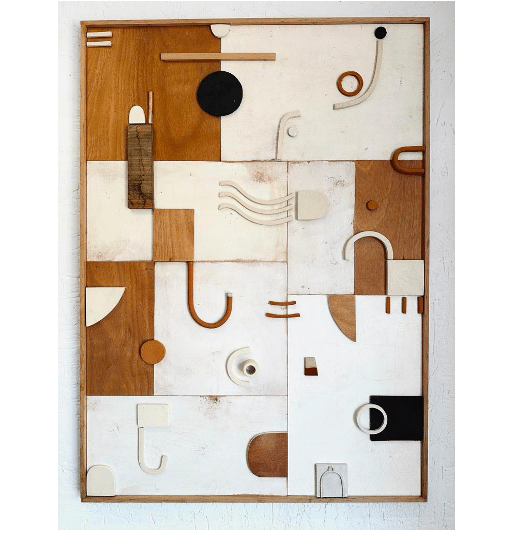
Georges Pelletier, on the other hand, is a contemporary artist known for elevating ceramics in a unique way. He does so by employing techniques and creative approaches that transform ceramics into remarkable works of art.
He sometimes collaborates with other artists, including a jewelry house, Maison Tournaire, and the designer Antoine Jourdan, to create hybrid works that combine ceramics with other mediums. These collaborations further expand artistic and technical possibilities.
